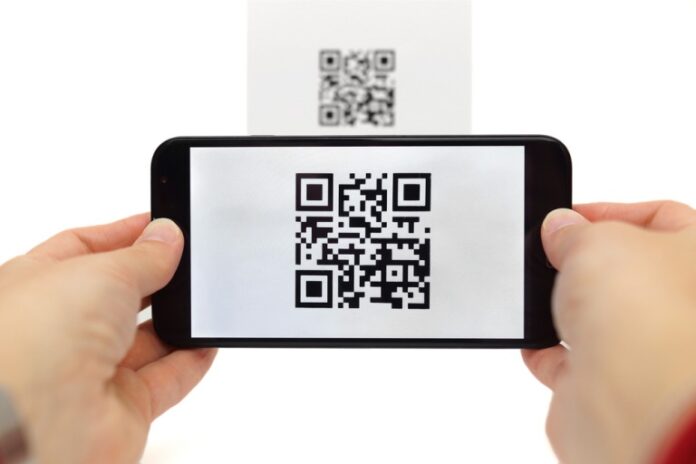QR codes, the tiny “scannable” patterned boxes we find on various ads, menus, packaging, and other materials, have changed the way we interact with our phones. They often act as our gateways to visiting many apps and sites. To have an elite QR code experience, make sure to use a trustworthy QR code scanner tool.
Here is the skinny on QR codes!
The Rise of QR Codes
Originally developed in Japan in 1994 by Denso Wave, a subsidiary of Toyota, QR codes – short for Quick Response codes – were born to streamline the tracking of parts in vehicle manufacturing.
Their vast utility, however, quickly became apparent. In the last decade, smartphones equipped with cameras and internet access have become the standard, leading to the widespread use of QR codes.
Enhancing User Experience
One of the most apparent ways QR codes have impacted our lives is by improving user experience.
For instance, a business would upload a QR code to direct consumers to an online menu or order form so that they do not need to use physical menus and reduce contact — an invaluable feature during the COVID-19 era. Similarly, users can get product reviews, specs, and user manuals on their cameras by scanning a code on the packaging.
In addition, in the marketing world, companies have a new means to bond with their consumer base. By providing a QR code as a link to a promo video, coupon code, or special deal, businesses can make their experience engaging and immersive. Instagram and Facebook both APIs (QR code referencing) also allow you to give a user an option to follow an account or group.
Streamlining Transactions
QR codes have simplified transactions, thus making them more efficient and easier to complete. Many payment portals allow you to scan a code to complete a purchase, including PayPal or your own online banking app. This process reduces the time spent transferring money and is more secure. The fewer cash and card transfers that happen, the better.
Aside from this, QR code payments are now quite widespread in physical retail stores, restaurants, and on public transportation. It has been especially beneficial during the pandemic, as physical contact has been limited for health precautions.
Improving Access to Information
Similarly, educational sectors, including schools, universities, museums, and popular tourist destinations, have been using QR codes to assist consumer exploration.
Scanning allows information to appear on the user’s camera, and the user can choose from videos, audio clips, galleries, and detailed explanations. This technology allows users to gain a deeper understanding of the location and its significance, making it an engaging and interactive way to explore and learn.
In healthcare, QR codes have been stepping up their game. Patients can use a QR code provided by their healthcare provider to access their medical records, appointment information, and medication information. It’s an easy way to make sure the patient always has access to their information and data at any time.
Facilitating Connectivity
We’ve seen QR codes create connections in our personal and professional worlds as well. Sure, there’s still your usual, run-of-the-mill business card — but have you considered using a QR code on your business card or name tag instead? When someone wants to save your information, they simply scan the printout, and the data is added straight to their phone.
Effective QR code use means no more typing it out, searching for it twice, hitting save, waiting on the server, and then finally having a digital connection to the person.
